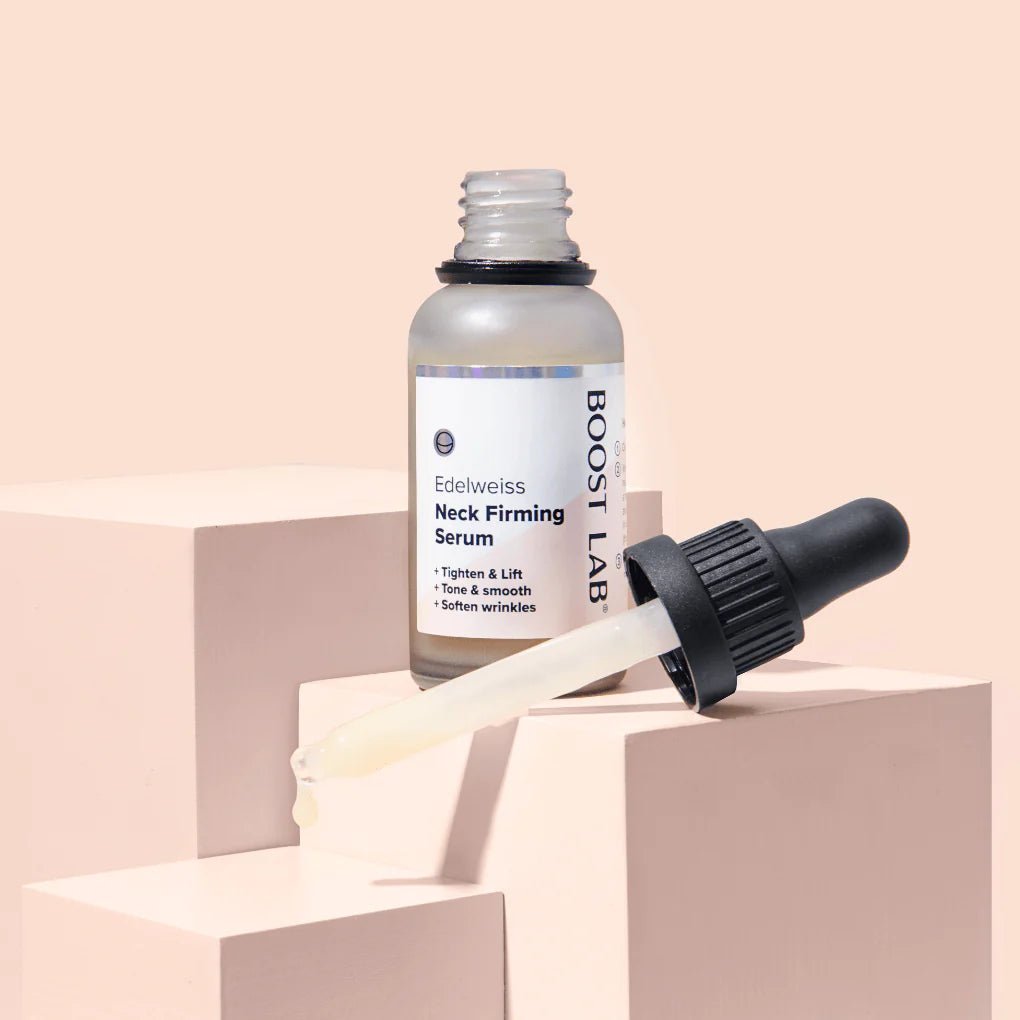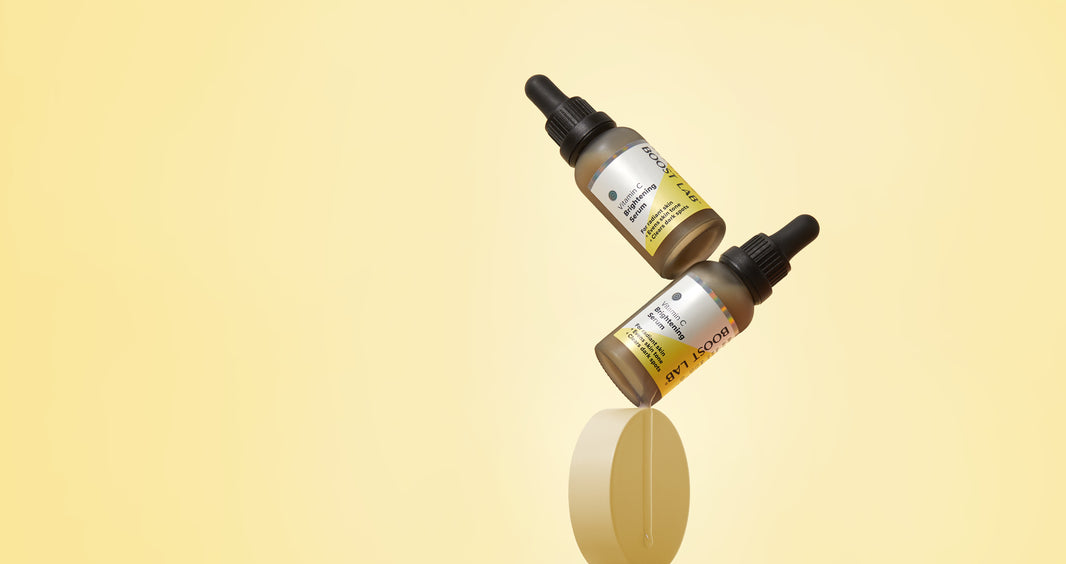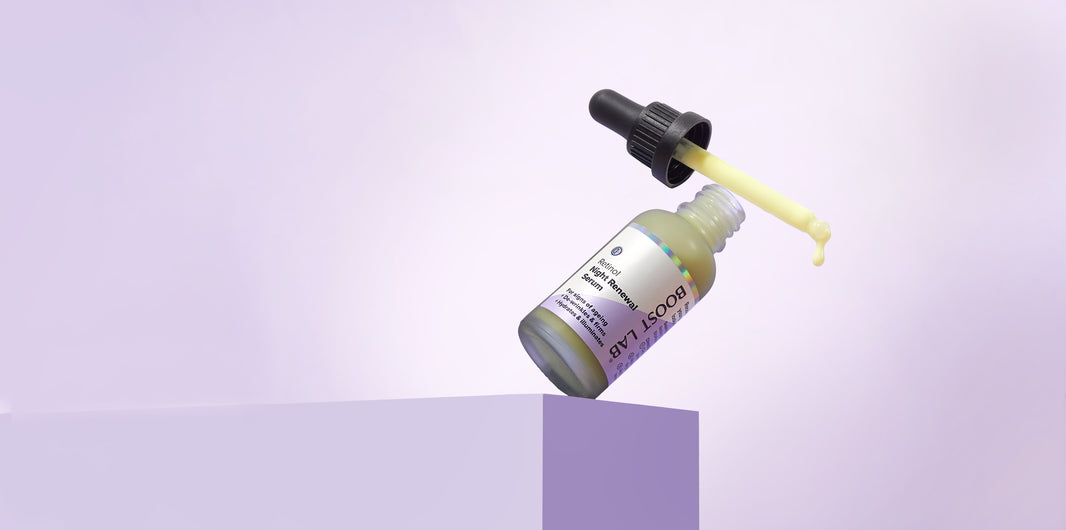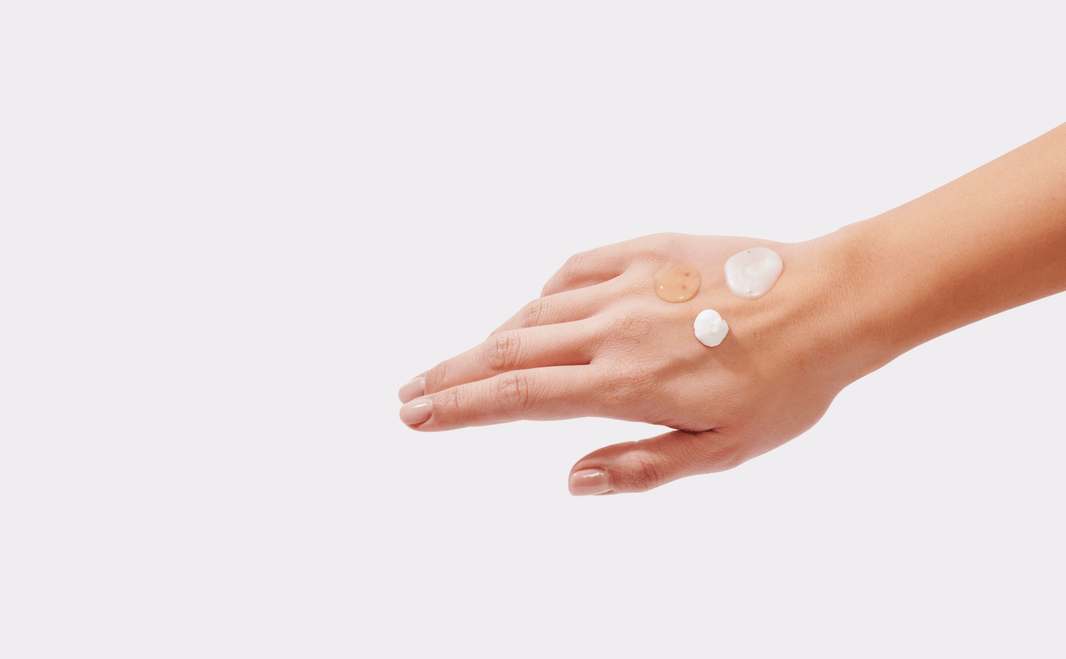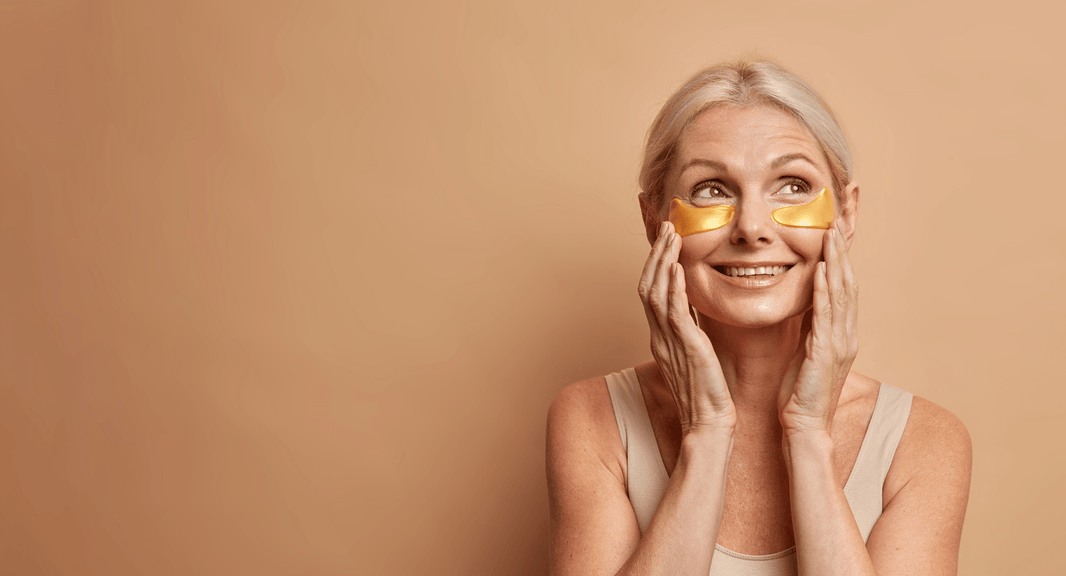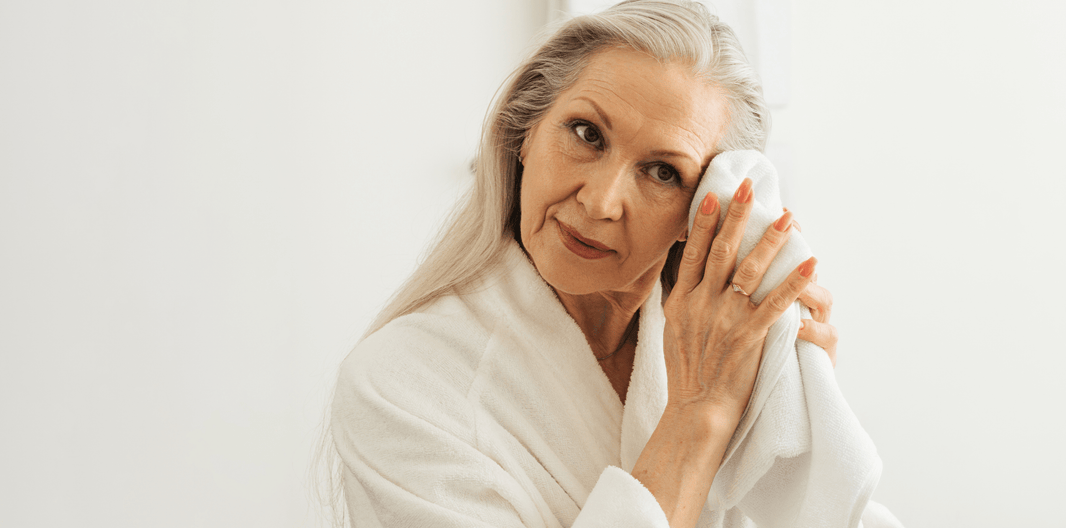Layering skincare ingredients is no simple feat. Besides the issue of what order to use for best absorption, there’s also the issue of knowing which ingredients can’t be mixed-and-matched.
So, let’s get to it. Today, we’re going to be chatting through everything you need to know about layering your skincare ingredients.
But first, let’s address the question of active serums.
What are active serums?
As you might guess from the name, active serums contain active ingredients that may target a variety of complexion concerns. The BOOST LAB range is home to seven different serums:
BOOST LAB Multi-Peptide Anti-Ageing Serum
BOOST LAB Vitamin B3 Blemish Rescue Serum
BOOST LAB Vitamin C Brightening Serum
BOOST LAB Bio-Active Eye Reset Serum
BOOST LAB 2D-Hyaluronic Hydro Boost Serum
BOOST LAB Retinol Night Renewal Serum
BOOST LAB AHA Glow Resurfacing Serum
What order should I layer my skincare ingredients in?
When working out which order to apply your products, it’s important to consider three main factors:
- What consistency the product is (e.g. thin or thick); and
- Whether the product is water or oil-based
- What are your main skin concerns.
Once you’ve got those things sorted, layering ingredients becomes a breeze. As a general rule of thumb, the products with the thinnest consistency should be applied before those with a thicker viscosity. Similarly, water-based products should always be applied prior to oil-based products to allow maximum absorption into the skin. Apply your base serums first like BOOST LAB Hyaluronic Hydro Boost Serum, BOOST LAB Night Renewal Serum and BOOST LAB Vitamin C Brightening Serum then apply your targeted treatment serums like BOOST LAB Blemish Rescue Serum and BOOST LAB Eye Reset Serum.

What active ingredients combinations to avoid?
Not all active ingredients are suitable for application at the same time. Why? Well, besides having the potential to reduce the efficacy of your products, some ingredient combinations can even be unsafe for the skin and cause adverse reactions such as burning, peeling or sensitivity.
Not what we want! Avoid a world of pain (and an itchy, red face) by getting familiar with which ingredient combinations are to be avoided. Here’s your cheat sheet from the BOOST LAB team:
Vitamin C and retinol: While we all love the glow-inducing benefits of vitamin C and the complexion-perfecting properties of retinol, these two ingredients don’t play nice when used together. Avoid making your complexion cranky by using your vitamin C product in the morning and reserving your retinol for the night.
Retinol and retinol: Retinol is a potent ingredient and when used correctly, it can offer some very impressive results for those wanting to fight signs of ageing, acne, and even uneven skin tone. Because it’s such a strong ingredient, using two types of retinol products at the same time can result in angry, inflamed skin.

So, there you have it! Save this guide next time to refer back to while you’re getting familiar with layering your skincare ingredients.
Need some advice on choosing your skincare serums? Try our personalised Skin Advisor tool.




